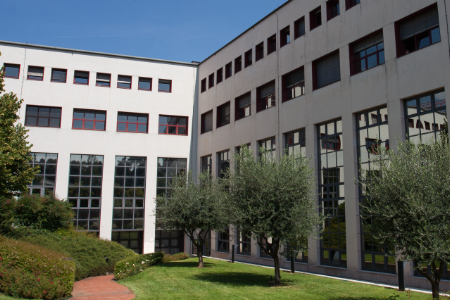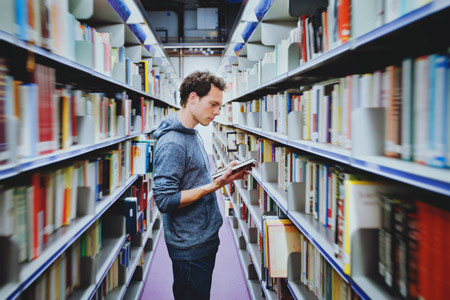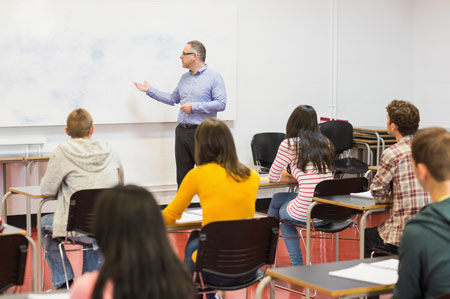Learning outcomes
Knowledge and understanding
Scuola dell'infanzia
At the end of the course students will:
– know the basic principles of the axiomatic conception of geometry
– have acquired familiarity with the main geometric figures (triangles, quadrilaterals, regular polygons)
– know the abstract concept of measure, not linked with the choice of a unit of measure such as the meter
– know the basics about area and know how to apply them for proving results such as Pythagoras' theorem
– know how to handle simple graphs
– know the concept of algorithm and recursion
– have familiarity with the basic of probability and the main tools of statistics (mean, median, mode and variance)
Scuola primaria
Al termine del corso lo studente dovrà:
– know the basic principles of the axiomatic conception of geometry
– have acquired familiarity with the main geometric figures (triangles, quadrilaterals, regular polygons)
– know the abstract concept of measure, not linked with the choice of a unit of measure such as the meter
– know the basics about area and know how to apply them for proving results such as Pythagoras' theorem
– know how to handle simple graphs
– know the concept of algorithm and recursion
– have familiarity with the basic of probability and the main tools of statistics (mean, median, mode and variance)
Applying knowledge and understanding
Scuola dell'infanzia
At the end of the course the future teachers will be able to propose to children learning paths in mathematics based upon modelization of natural behaviors (measure) or the heuristic exam of situations (probability) in order to start a reflection on the connection between counting and measuring.
Scuola primaria
At the end of the course the future teachers will be able to propose to children learning paths in mathematics based upon modelization of natural behaviors (measure) or the heuristic exam of situations (probability) in order to make them more rigorous; the will also guide children to getting through preconceptions.
Making judgements
Scuola dell'infanzia
At the end of the course students will have acquired a critical and analytical attitude that makes them able to put into discussion beliefs and spontaneous ideas.
Scuola primaria
At the end of the course students will have acquired a critical and analytical attitude that makes them able to put into discussion beliefs and spontaneous ideas.
Communication skills
Scuola dell'infanzia
At the end of the course students should be able to employ a language which is rigorous and suitable for mathematics.
Scuola primaria
At the end of the course students should be able to employ a language which is rigorous and suitable for mathematics.
Learning skills
Scuola dell'infanzia
At the end of the course students will be able to find in autonomy teaching material which is suitable and useful for building learning paths in mathematics.
Scuola primaria
At the end of the course students will be able to find in autonomy teaching material which is suitable and useful for building learning paths in mathematics.
Syllabus
Shape and number.
Basic Euclidean geometry.
Lengths, areas and measure, Pythagoras' theorem and Pick's theorem.
Graphs.
Algorithms and recursion.
Elements of probability.
Elements of statistics.







